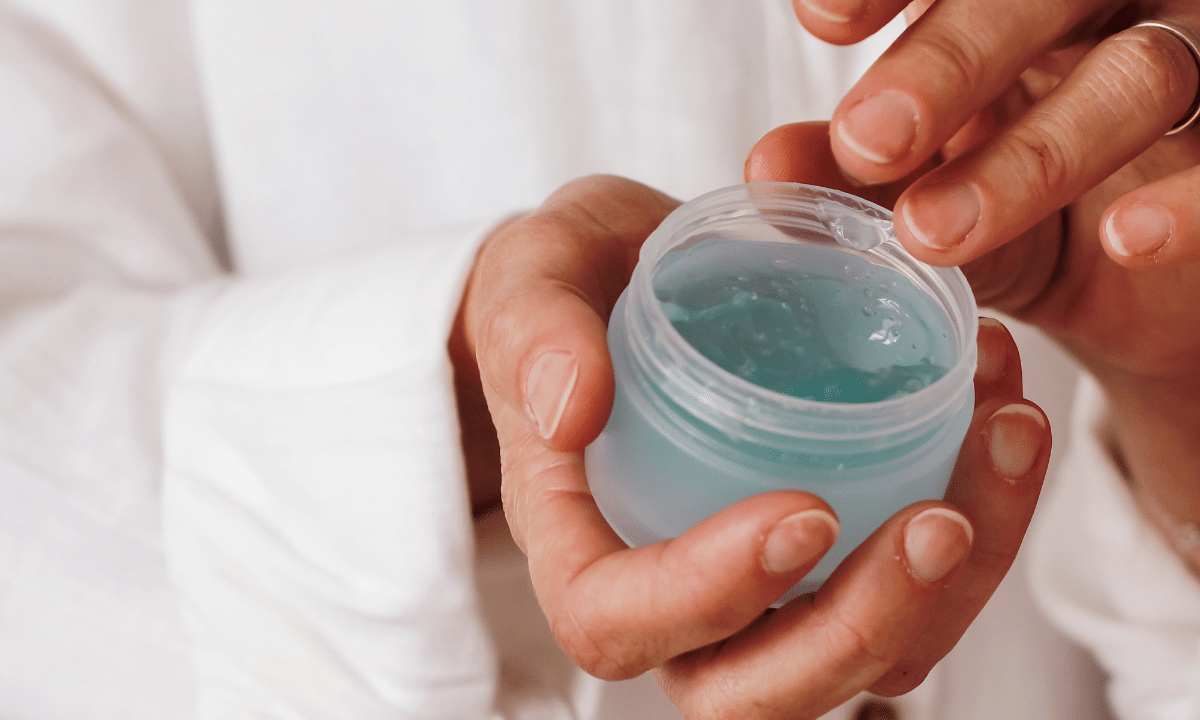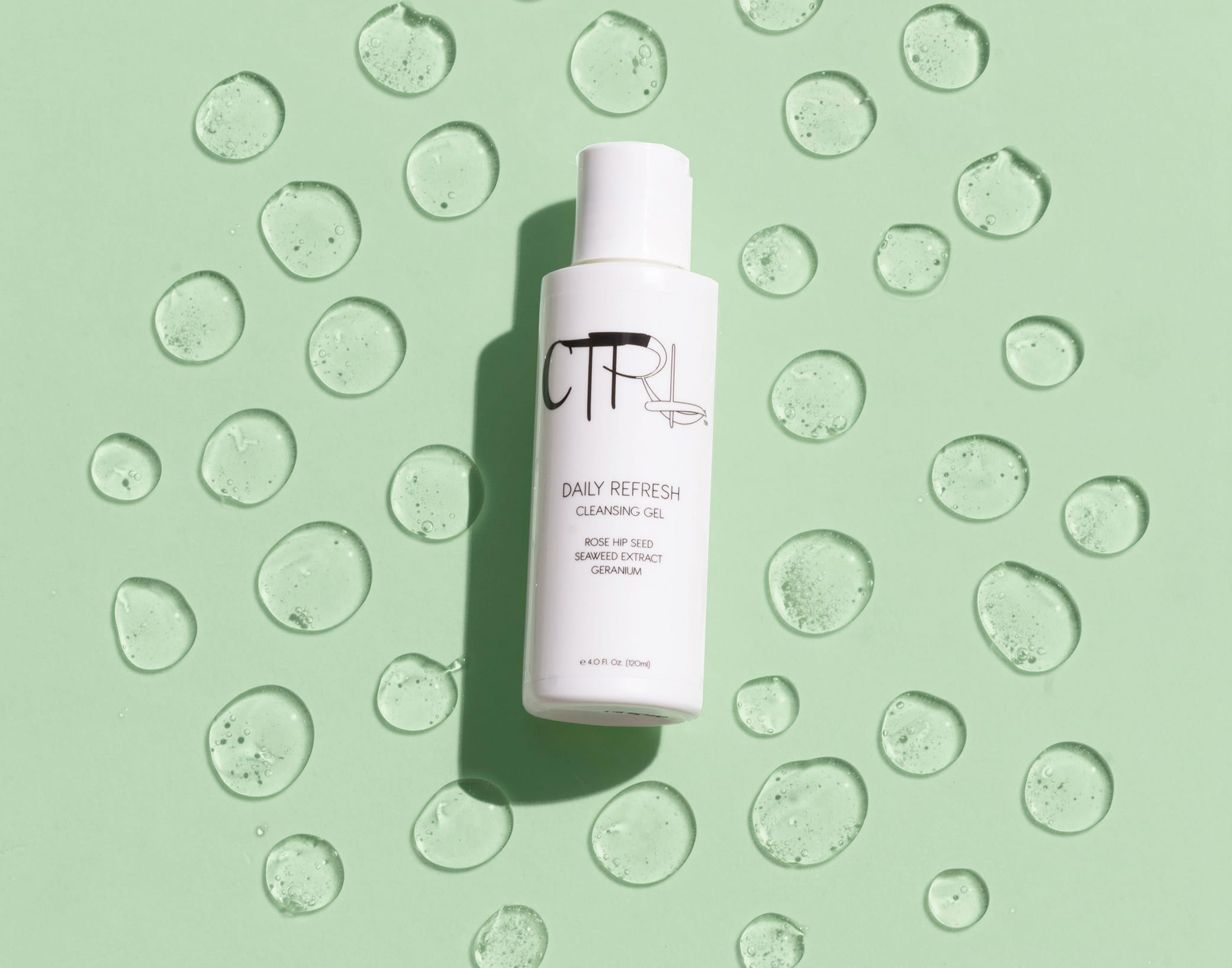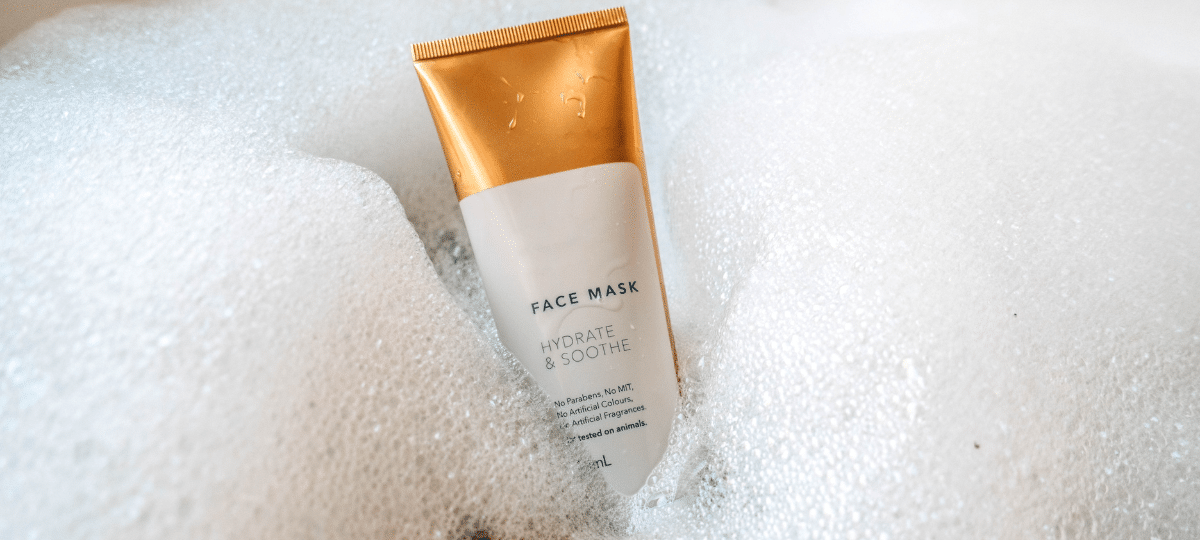There’s no doubt about it—the natural skincare industry is booming. The market size is $6.7 billion, with no signs of slowing down. With the right natural skincare branding and marketing plan, businesses can embrace this niche and thrive.
But how do you jump on the bandwagon? What are consumers looking for? And how can you set yourself apart as more brands move in this direction?
We’ve put together the answer to all your natural skincare branding questions! Whether you’re a new brand ready to launch your skincare line, or you’re looking to pivot or expand your existing business, you can take advantage of the demand for natural skincare.
Read on to find out how you can use this trend to boost your business!
Know Who Your Audience Is
The biggest factor for any branding endeavor is to know your audience. Every branding decision you make, from your tagline to your brand colors to your packaging, should cater to your target customer.
Your audience determines your niche, your positioning, and your marketing strategy. If you want to implement a natural skincare line, you need to know who wants to buy your products.
41% of millennials and 49% of Gen Z said they are buying more natural skincare products than ever. But only 28% of Gen X and 20% of baby boomers said the same.

That’s a big difference in age, and it matters for your skincare branding strategy. The audience looking for natural skincare alternatives is young. They aren’t necessarily looking for anti-aging products or skincare for mature skin.
That means your branding should appeal to youth. For example, you will want to use young models, incorporate energetic colors, and focus on blemishes and hydration rather than wrinkles and fine lines.
If you have an existing brand that targets a different demographic, you may want to consider expanding to include this new audience and alter your techniques accordingly.
Just knowing your audience’s age isn’t enough. Think about their pain points and what skincare problems they face. Do they have oily skin, sensitive skin, or dry skin? Are they trying out other brands but not finding what they are looking for because the solutions are too heavy or greasy?
These questions are important to ask yourself, because they will help you tap into your differentiator.
Determine What Makes Your Skincare Brand Different
While the demand for natural skincare brands has risen, so has the competition in the industry. More brands than ever are adding natural lines, embracing sustainability, and eliminating harsh chemicals. At this point, “natural skincare” isn’t enough of a niche. To stand out, you need to narrow it down even more.
What makes your brand unique and special? Is it your commitment to the earth or global causes? Or the specific ingredients you use? Is your brand inspired by ancient Chinese or Ayurvedic medicine? Or is it backed by science and proven clinical results?

For skincare, a popular way to choose a niche is to think more specifically about your audience. If your products are suitable for sensitive skin, perhaps that can be the niche you carve out. You might provide hydrating products made for dry or irritated skin. Or maybe your products are efficient at eliminating acne, so you choose to target teenagers battling blemishes.
When in doubt, always return to your audience.
Know Why Your Audience Is Buying
You also need to understand why your audience is looking for natural skincare products. This will determine how you position your brand and how you can reach your target customers.
According to the Statista Research Department, the top 4 reasons consumers seek natural skincare alternatives are:
- A lack of harmful ingredients
- Skin health
- Environmental responsibility
- Product effectiveness
The big takeaway here is that consumers who are looking for natural products care more about a lack of harmful ingredients than how well the product works for them.
While that doesn’t mean that you should create a product that doesn’t work, it does mean that your branding and marketing need to highlight ingredients first and foremost.

Research and embrace the most popular effective natural skincare ingredients. Include these in your products and highlight them with ingredient spotlights on your website, social media, and email marketing. If your products are devoid of parabens, phthalates, and sulfates, make sure that is emphasized on your packaging and in your marketing.
Remember that the other three reasons—skin health, environmental responsibility, and product effectiveness, can and should still play a role!
Sustainability Matters in Skincare Branding
Even though it isn’t the primary reason consumers seek natural skincare products, the environmental impact is one of the top factors your audience considers when shopping.
Sustainability matters. Gen Z and millennials are known for caring about the values and impact of the products they support.
Your packaging needs to take that into account. Rather than using plastics and non-sustainable materials, consider choosing cardboard, glass, or recycled materials.
Don’t be afraid to showcase your environmental impact. Some brands, like Acala, even track their carbon footprints and share that on their websites so that consumers can see the impact they have. Others, like Healing Earth, run outreach programs or donate to organizations dedicated to helping the environment and highlight that on their websites.
Ultimately, remember that your consumers care about your ethics as a company, especially when it comes to the environment. Be sure your marketing message is backed up by your actions. Bad press around false claims could be your downfall.
Draw Inspiration from Nature
When choosing your skincare branding elements, look for inspiration in nature. Popular natural skincare brands use nature-inspired tones—hues of neutrals, greens, and golds.
Consider creating a mood board that combines nature photos, inspiration from other brands, and the overall aesthetic you’re looking for, including fonts, images, and colors. This will impact the direction you take your branding and designs.
Your logo and packaging design might incorporate greenery or fauna. Images of woods, trees, natural water sources, and florals evoke peace, tranquility, and a connection with the Earth.
You want your audience to feel that your brand is pure, simple, and clean—just like the ingredients you use.
The Bottom Line for Natural Skincare Branding

Natural skincare brands can thrive, now more than ever. But embracing the trend isn’t as easy as just slapping a label on a product and calling yourself a natural brand.
Your branding needs to be crafted deliberately, to show your audience that you understand them and that you are the brand to provide what they’re looking for.
Are you a new brand looking to launch? For more tips, check out Launch My Beauty Product—a course that walks you through the process step-by-step!
Crème de Mint has specialized in cosmetic packaging design for makeup brands for more than 15 years. Our CPG branding agency knows how to create compelling, craveworthy designs that can help your brand stand out! Book a call today to chat with us about your packaging design.



